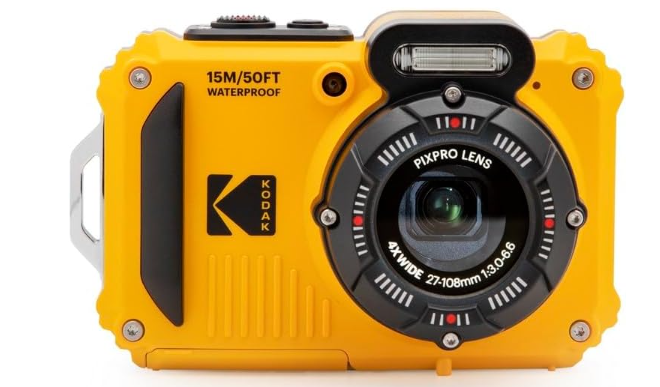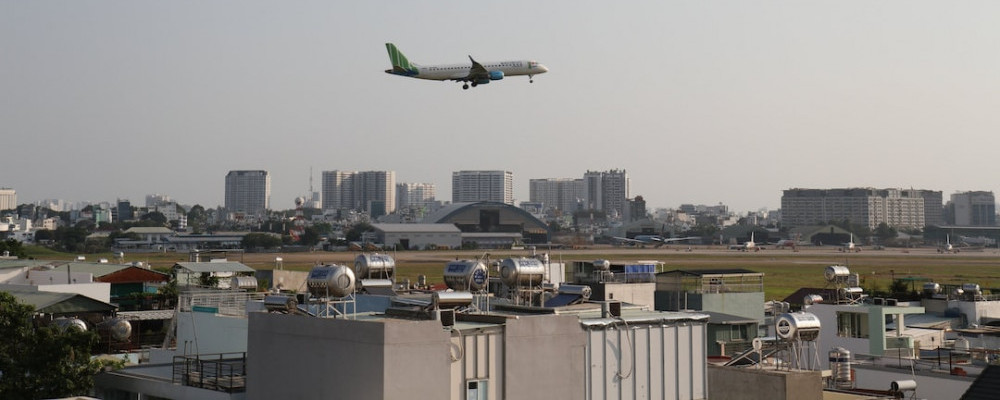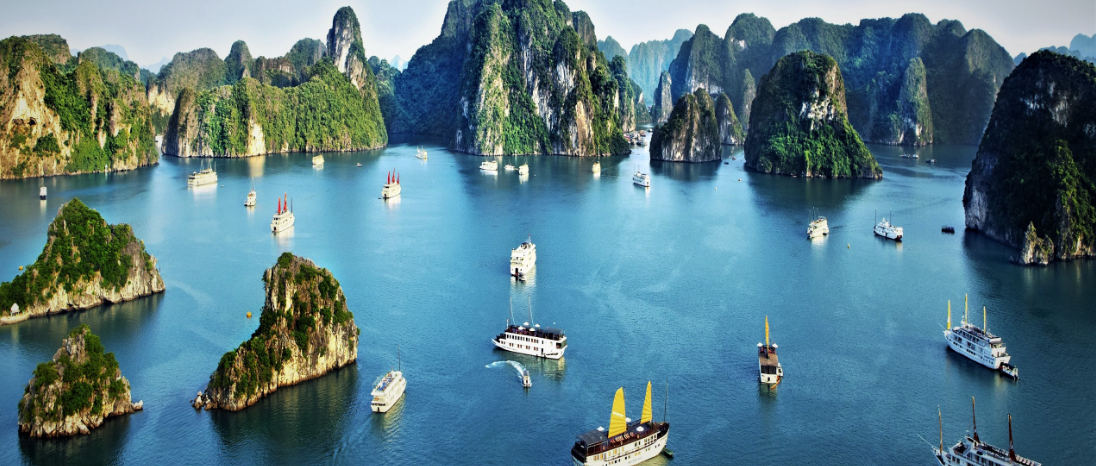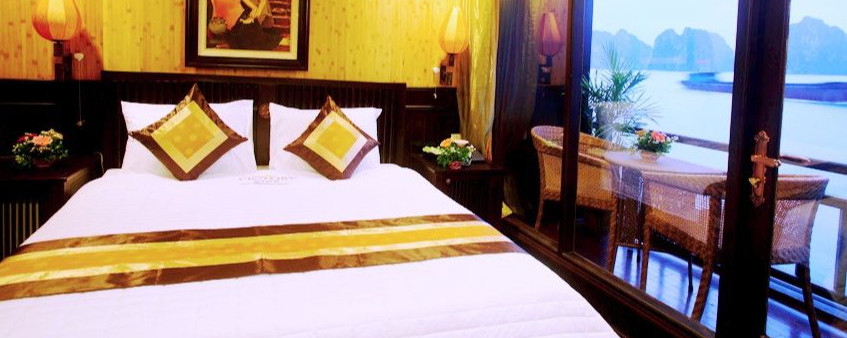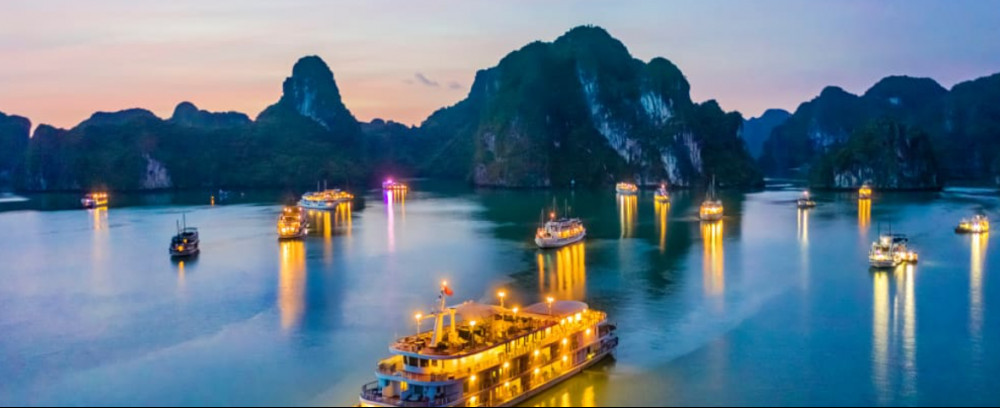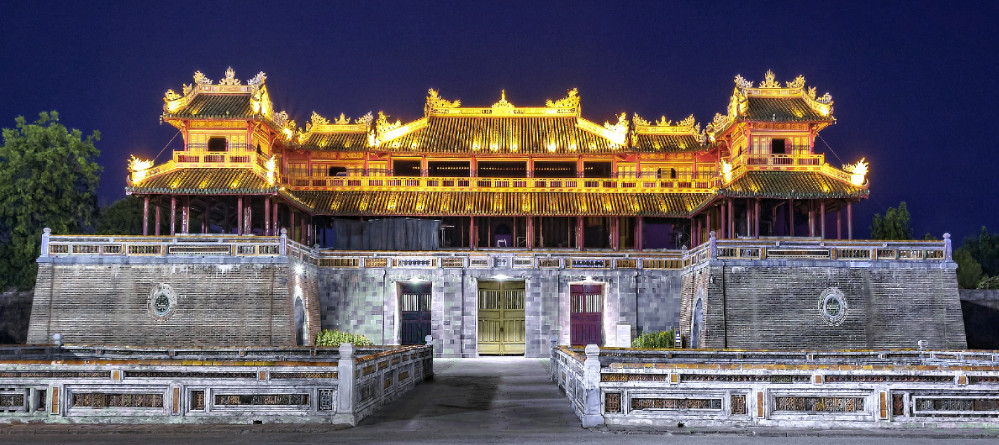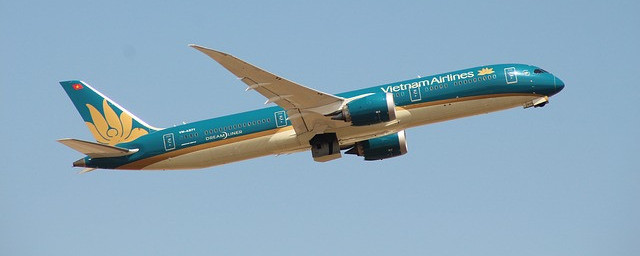Halong Bay is one of the wonders of the world.
Cameras for Recording Memories.
When you’re embarking on an adventure, capturing those moments is precious, whether it’s the bustling streets of Ho Chi Minh City or the serene landscapes of Halong Bay.
This isn’t just about snapping pictures; it’s also about retaining memories that’ll last a lifetime. That’s where a suitable travel camera comes in, turning fleeting moments into tangible keepsakes. You want to choose a camera that doesn’t weigh you down yet delivers high-quality images that are sharp, vibrant, and full of life.
The quest isn’t solely for the lightest or the most feature-packed camera; it’s about finding the perfect balance that suits your needs. Portability is great, but not at the expense of image quality. You’re going to find out about various options that combine the best of both worlds, providing remarkable pictures without the bulk associated with professional equipment.
I’m here to help you figure out what clicks for your style of travel photography. Are you an avid adventurer needing something rugged and waterproof? Or maybe a city explorer who prioritizes style and ease of use? It’s also crucial to choose a camera that can be ready at a moment’s notice—because travel is full of fast-moving, spontaneous opportunities that wait for no one.
Once we’ve discussed what to look for in terms of usability and performance, we’ll transition to the next section. There, I’ll introduce you to the top contenders in the travel camera category. You’ll get a rundown of the latest models, a comparison of their standout features, and insights from both users and professionals to help guide your investment. So if you’ve ever wondered if there’s one camera that can handle all your travel needs, guess what? There are several, and I’m going to show you exactly how to pick the one tailor-made for you.
Top Contenders for the Best Travel Cameras of the Year
Now, let’s zero in on some specific models that are making waves as the best travel cameras on the market this year. I’m going to break them down by category and use case, so you can find out about the optimal choice for your adventures.
I’ve taken a close look at the key features you care about the most. We’re talking zoom capabilities for capturing distant details, low-light performance for those dimly lit alleyways and fabled sunsets, and, of course, battery life because who wants to be chained to an outlet when there’s so much to explore?
You’ll benefit from a mix of user reviews and professional opinions that I’ve curated. These insights come from seasoned travelers and top photographers who’ve put these cameras to the test in all sorts of environments. This isn’t just about rattling off specs; it’s also about how these cameras perform in the wild—the real world where you’ll be using them.
And to wrap things up, I’ll spotlight the cameras that offer the best value for money. Choose something that resonates with you, without breaking the bank. Rest assured, there’s a camera out there that’s a perfect traveling companion for your pocket and your passion for photography.
My Top 3 Travel Cameras
Panasonic Lumix.
These are a great camera. I have had one for a few years and they take great shots and you have a lot of options from auto shooting to shooting raw. Well worth the money, and it fits in your pocket. And as you can see it comes with a Leica lens. Who can ask for more at this price?
I used this for vlogging before I bought the Sony camera. But I would say for portability, this is better.
$399.00 for a great camera. Click the “Amazon” link to buy.
Specifications.
- POINT-AND-SHOOT CAMERA: Large, 1-inch 20.1-megapixel MOS sensor plus 10X zoom LEICA DC VARIO-ELMARIT lens (25-250mm) and HYBRID O.I.S. (Optical Image Stabilizer) delivers brighter, more colorful photos with fewer image artifacts.Battery Voltage/capacity: 7.2 V/1025 mAh. Microphones: Stereo.
- EYE-LEVEL ELECTRONIC VIEWFINDER AND LCD DISPLAY: High-resolution 1,166k-dot viewfinder and rear touch-enabled 3-inch LCD (1040K dots) are clear even in bright sunlight
- 4K VIDEO CAPTURE: 4K QFHD video recording (3840 x 2160), plus exclusive LUMIX 4K PHOTO and 4K Post Focus with internal Focus Stacking allows you to record photos up to 30fps and set your desired focus points after the photo has been taken
- LENS-MOUNTED CONTROL RING: Manual lens-mounted control ring brings DSLR-like exposure control to a compact point-and-shoot camera body; Temperature: 23 °C (73.4 °F) / Humidity: 50% RH when the monitor is on.
- USB CHARGING AND WI-FI CONNECTIVITY: Enjoy travel-ready technologies like USB charging and Wi-Fi connectivity to your mobile device; micro-HDMI type D (3) and USB 2.0 micro-B provide additional connectivity to your favorite devices
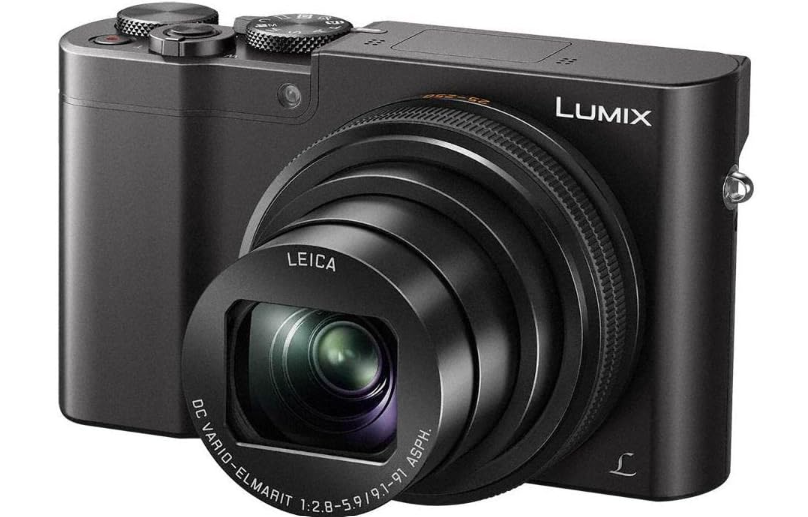 Sony Alpha.
Sony Alpha.
An amazing camera that I have been using for all my more professional shots. A devastatingly good camera that will last you a lifetime. A great build with a myriad of resources. The great thing about this camera is it has interchangeable lenses. If you are serious about a good shot, this is the one for you.
$848..00 for an amazing camera. Click the “Amazon“ link to buy.
Specifications.
- 20.1MP stacked back-illuminated 1″ Exmor RS CMOS sensor w/ DRAM, large aperture 24-70mm1 F1.8-2.8 ZEISS Vario-Sonnar T lens
- Enhanced subject capture: wide 425 Phase/ 425 contrast detection points over 84 percent of the sensor
- Fast and accurate: Up to 11Fps continuous shooting at 24.2 MP raw with crisp, clear natural colors
- Multiple movie functions: Make time-lapse movies or slow/quick motion videos without post-processing
- Tiltable LCD screen: customizable for vlogging, still photography or recording a professional film
- In the box: rechargeable battery (NP FW50) AC adaptor (ac uud12), shoulder strap, body cap, accessory shoe cap, eyepiece cup, and micro USB cable. Metering Type: 1200 zone evaluative metering.
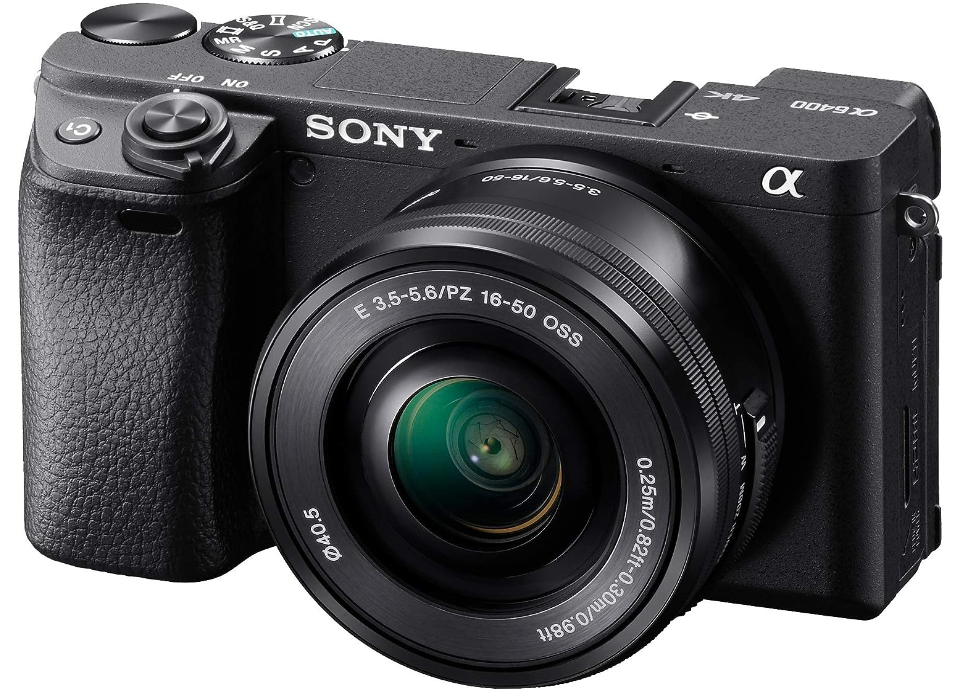
Kodak Pixpro.
If you like taking surfing shots or even underwater shots, this is for you. It is dustproof, waterproof, and shockproof. And it comes in at an amazing $149.00. Also, it is a full HD video blogging camera. 16 megapixels and a 4x optical zoom. I have used one and they are simple to use with excellent results.
$149..00 for a freakishly good camera. Click the “Amazon“ link to buy. This is a great buy and the best value for money.
Specifications.
- Waterproof to 15m (49′) – 2m (6′) Shockproof Rating – Dustproof
- WiFi Connectivity – 1080P Full HD Video – Vlogging Camera
- 16 MegaPixel BSI CMOS Sensor – 4X Optical Zoom – Digital Image Stabilization
- Rechargeable Li-Ion Battery – 2.7″ LCD Screen
- SD Card Compatibility: At least Class 4, no larger than 32GB (microSD, microSDHC) – MMC Card not supported
- What’s In the Box: WPZ2 Camera, Rechargeable Li-Ion Battery, USB Cable, AC Adapter, Wrist Strap, Quick Start Guide, warranty card, and service card
Three Smartphones with Great Cameras.
If you like traveling light and only want to take your phone, these are my top 3 smartphones.
The One Plus Nord.
It comes with a 108-megapixel camera. The photos are great and you can share them immediately. $249.00 unlocked.
Find out more info on this Amazon link.
Samsung Galaxy A25
This comes with an advanced triple-camera system that shoots great photos. I had one of these for a while and the pictures are great. $264.00 unlocked on sale now.
Find out more info on this Amazon link.
Motorola Moto
An underrated phone with a great 50-megapixel camera. For the budget price of $129.99, you get a great camera phone with all the portability and service you need.
$129.00 unlocked with a 35% discount on sale NOW.
Find out more info on this Amazon link. What can I say, The best value for money.
Travel Photography Tips: Getting the Most from Your Camera
So you’ve picked up one of the top travel cameras. Great! But owning a good camera is just the beginning. I’m here to help you get the most out of it. After all, it’s not only the camera that matters but how you use it. Let’s jump into some photography tips that’ll take your travel snapshots to the next level.
First up, it’s crucial to have a grasp of basic photography principles. You’re going to find out about composition rules like the rule of thirds, which is about dividing your shot into a 3×3 grid and placing your subject off-center for a more engaging photo. Remember, these guidelines aren’t set in stone, but they’re a solid starting point.
Lighting can either be your best ally or your biggest foe in photography. I recommend chasing the golden hours—shortly after sunrise or before sunset—when the light is soft and warm. This kind of lighting adds an almost magical touch to your pictures without needing any fancy editing.
As much as the camera does significant heavy lifting, there’s a bunch of accessories that can add some kick to your pictures. Think about getting a sturdy travel tripod for those evening cityscapes, or invest in an extra memory card so you never run out of space at a critical moment.
Lastly
Let’s talk about protecting your gear. A good camera bag ( Amazon Link) is your first line of defense against bumps and scratches. And don’t skimp on things like lens cleaning kits and rain covers. When it comes to photographs themselves, back them up regularly. Whether you prefer cloud storage or an external hard drive, make sure your precious memories aren’t just stored in one place.
Just don’t focus too much on perfection. The aim is to capture the moment and the feelings that come with it. Your first attempt doesn’t need to be your last, and you can always adjust your approach down the road. I hope that these pointers help you enhance those wonderful travel stories you’re ready to tell through your lens.
And don’t buy the cheapest camera out there. You only get what you pay for. Buy cheap and your travel memories will reflect the quality of the camera. You have splashed out to travel, so don’t skimp on your memories.
Steve
Any or all links on this site may be affiliate links, and if you purchase something through those links I will make a small commission on them.
There will be no extra cost to you and at times due to my affiliation, you could actually save money.
You can read our full affiliate disclosure here.


